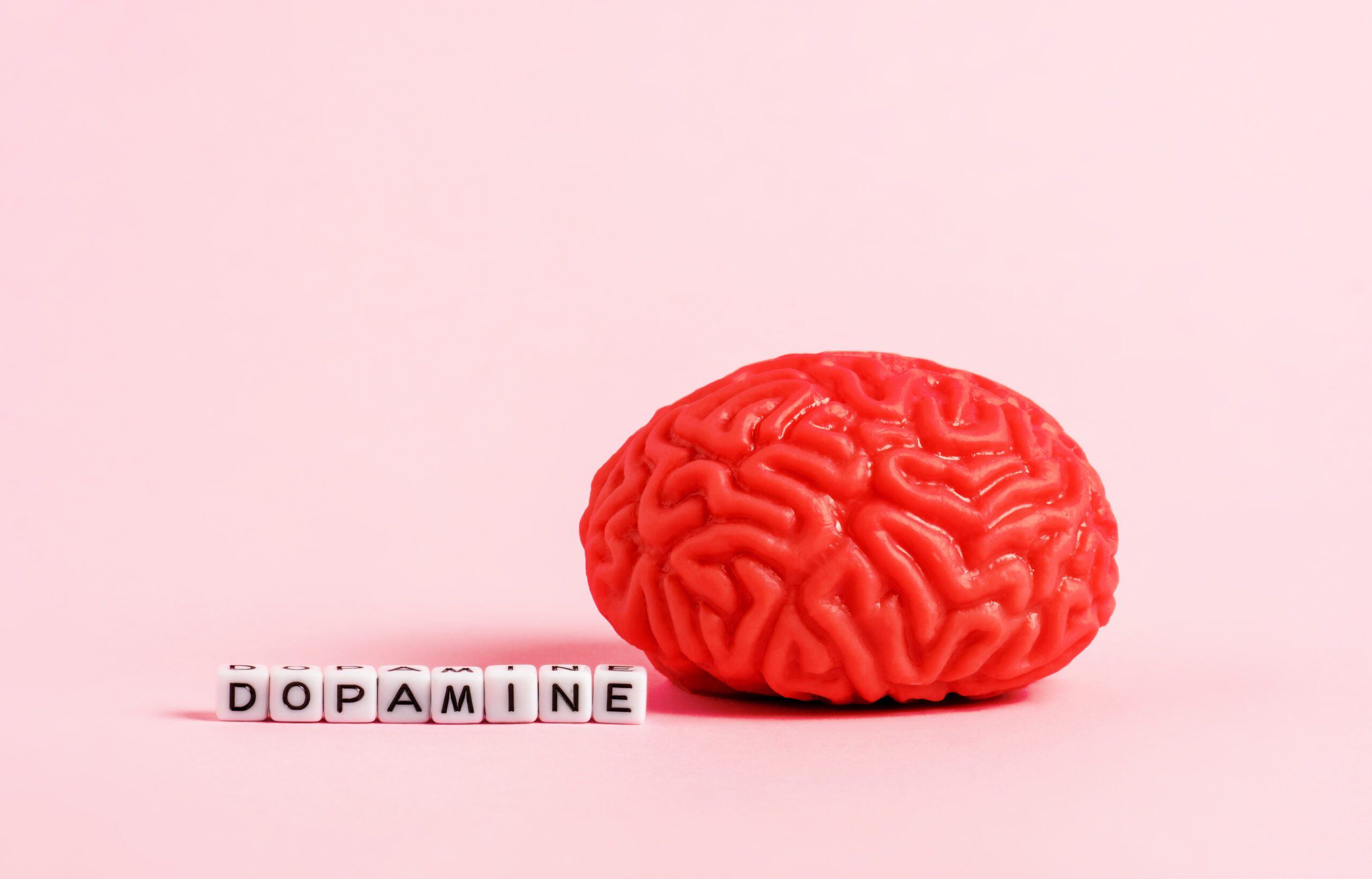
In an age dominated by screens and the constant minor excitement of pinging phones, we are suddenly hearing a lot about so-called “Dopamine Addiction.” But what exactly is dopamine addiction, and do we need to be worried?
According to the surge of social media hype, our persistent yearning for that rapid dopamine rush explains our irresistible cookie cravings and our excessive hours invested in the alluring world of Instagram and TikTok. If we keep giving in to these desires, the thinking goes, we’ll never be able to stop ourselves and risk a perpetual cycle of self-indulgence with no end in sight. So is Dopamine Addiction a boogeyman or a pre-cursor more dangerous addictions? Read on for the full story…
The Dopamine Rush
Dopamine is a neurotransmitter that plays a crucial role in how we experience pleasure and reward. It’s often referred to as the brain’s “feel-good” chemical, and it’s released in response to various stimuli such as food, sex, exercise, and even the thrill of a good book or movie. When our brain releases dopamine, we feel a sense of pleasure and satisfaction, which reinforces the behavior that led to its release.
The allure of dopamine addiction lies in the overstimulation of these reward pathways. From the ping of a new message to the likes on a social media post, our screens and devices have found a way to tap into our brain’s dopamine circuitry, creating a constant craving for that next hit of pleasure.
The Dark Side of Dopamine Addiction
The danger lies in the overstimulation of these reward pathways. While our brains are wired to seek pleasure, they’re not equipped to handle the constant, intense stimulation that today’s technology can provide. The result is a compulsive behavior where we continually check our smartphones, scroll through social media, or binge-watch TV shows in search of that pleasurable dopamine release. The more we indulge, the more we crave.
This behavior, often referred to as dopamine addiction, is not the same as substance addiction but shares some similarities in terms of its impact on the brain and behavior.
Are We All Addicted?
The question remains: are we all addicted to dopamine to some extent? Most of us are, at the very least, habituated to the regular dopamine boosts that our digital devices provide. However, the degree of addiction can vary greatly from person to person. Some may find it relatively easy to control their screen time, while others struggle with compulsive behavior.
It’s essential to recognize that not all dopamine release is bad. Our brains need these rewards to motivate us and provide a sense of satisfaction in our lives. However, the key is moderation and balance. Being aware of the potential for dopamine addiction is the first step in regaining control over our digital habits, and outsmarting that part of ourselves that is ever looking for that next high.
Breaking the Cycle of Dopamine Addiction
But have no fear – some steps can be taken to break the cycle. Strategies like digital detoxes, setting boundaries on screen time, and seeking out time in nature and with friends can help. Getting back to a world with a slower pace and real connection can be ultimately much more satisfying.
To start – understanding the role of dopamine in our lives and how it can be hijacked by technology is a crucial first step. With this knowledge, we can take control, reevaluate our digital habits, and find healthier ways to experience pleasure and reward in our lives.
While we may not all be addicted to dopamine in the clinical sense, the ubiquity of technology in our lives means that most of us are touched by its effects to some degree. By being aware of the potential pitfalls of excessive dopamine-seeking behavior, we can reclaim control over our lives and find a healthier, more balanced relationship with the pleasures of the modern world – and live more joyfully as a result.